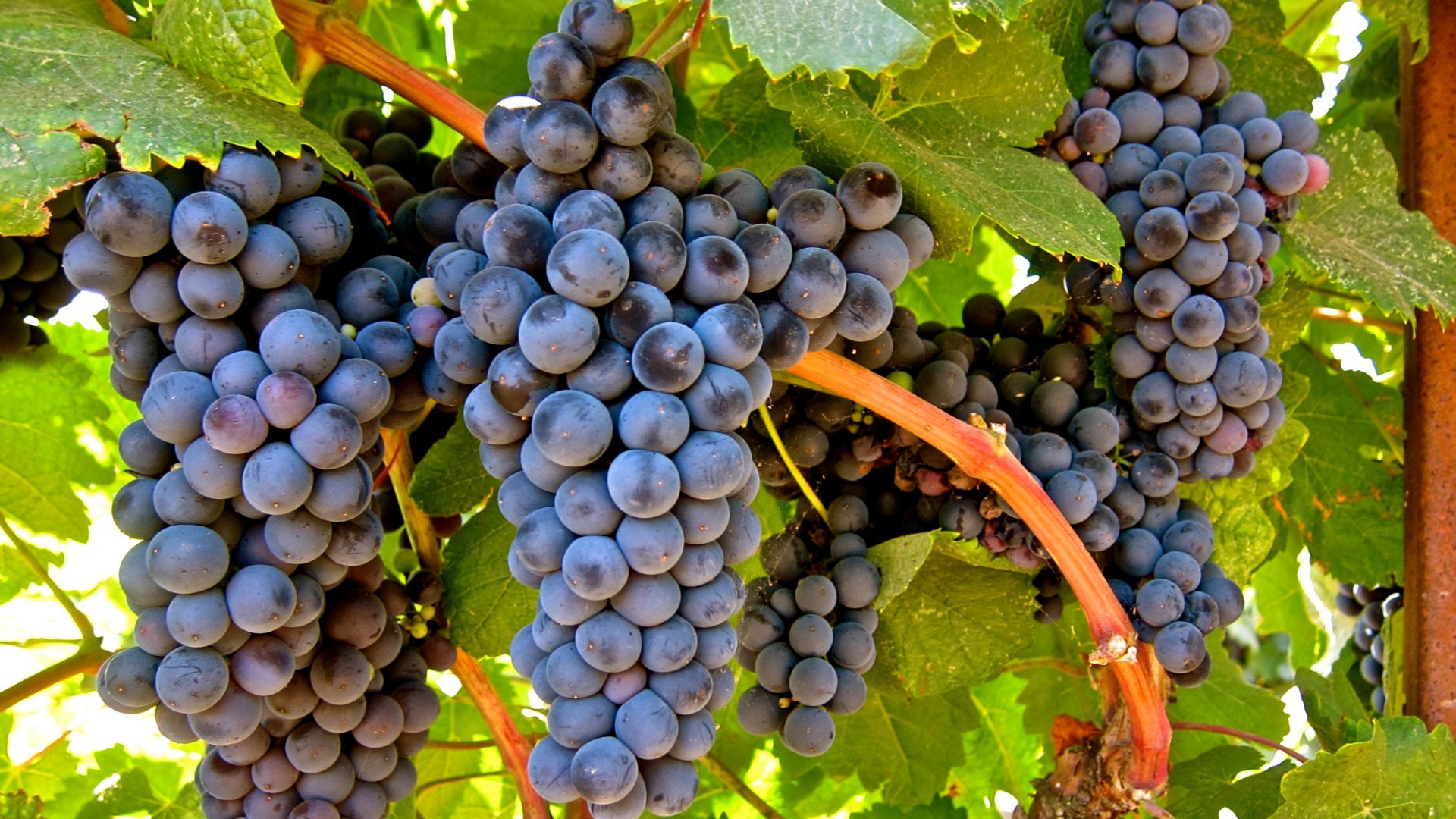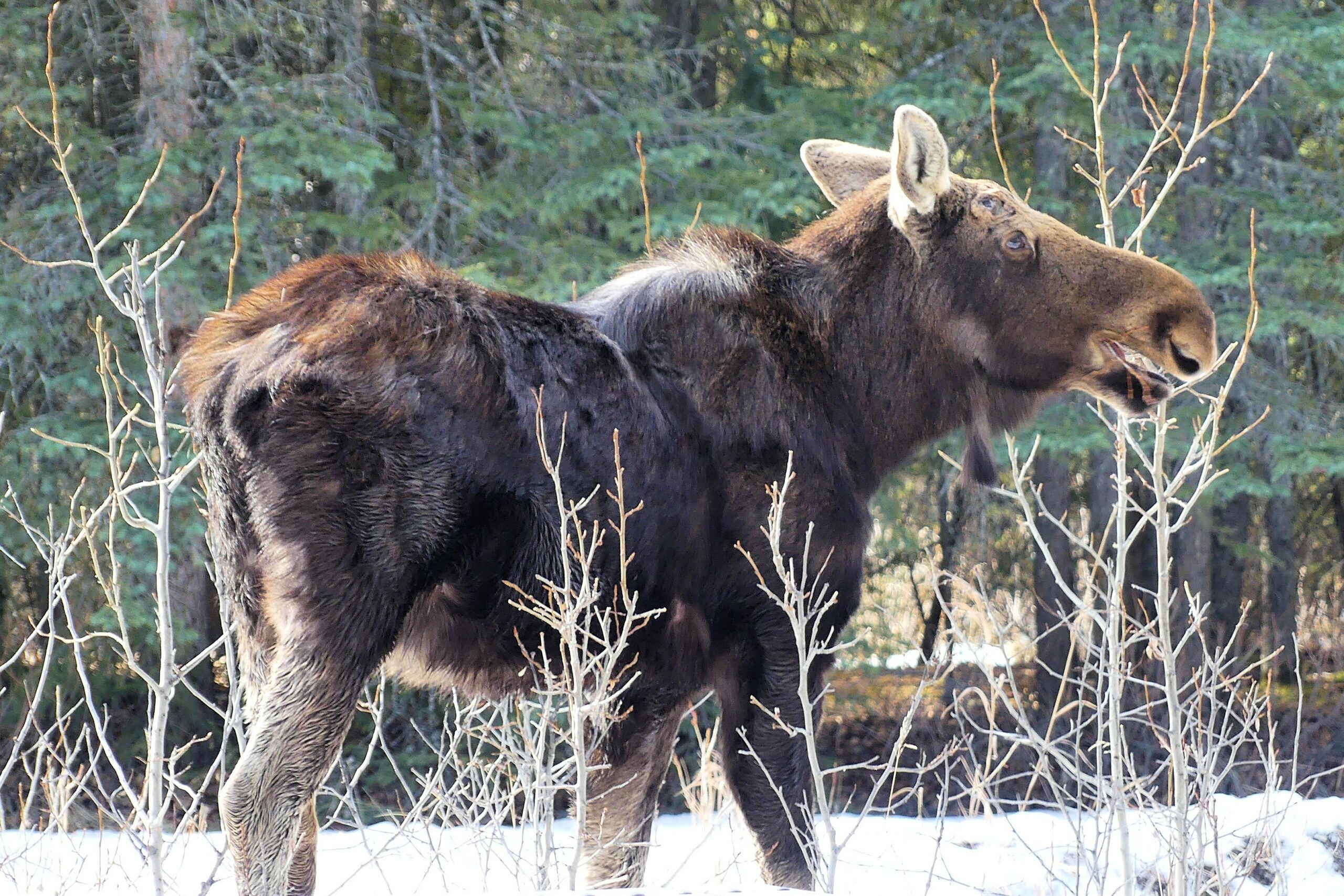At the height of last week’s heatwave, I gathered with a handful of my double-vaxxed drinking companions to cool down by observing the 8th annual National White Wine Day with some chilled white wines on a sunny patio. Not even the slow and inexorable approach of the fourth wave could dull our spirits, as we sampled from the cornucopia of crisp white wines that I pulled from the dusty recesses of the wine cellar and served from ice buckets on the back deck.
Faithful readers may have noted that I wax poetic about red wines far more often than white, but I must confess my tippling choices favour the crisp and chilled white wines during the dog days of summer. In decades past, there was actually more white wine produced globally than red. However, the balance shifted at the turn of the millennium, and white wines now account for around 45% of global wine production.
For those readers not familiar with the winemaking process, the juice of both red and white grapes is entirely clear, so the only reason that red wine is red is due to colouration of the wine from contact with the red skins of the grapes, not the juice itself.
The most popular white grapes are Chardonnay, Sauvignon Blanc, and Riesling. If you have ever had a glass of white wine, odds are pretty good it was one of these.
Chardonnay originated in the Burgundy region of France, but is now grown all over the world. The Chardonnay grape is quite neutral, which winemakers usually refer to as being expressive of terroir, or reflecting the place the grapes were grown.
For example, California Chardonnay tends to burst with tropical fruit flavours, while the more reserved Chardonnay from the Chablis region of France has a more subtle minerality due to the cooler temperatures and chalkier soils.
Chardonnay is a very adaptable grape that grows in both hot and cool climates, so it is rare to find a winery that doesn’t grow at least a little bit of Chardonnay.
While the majority of Chardonnay is fermented in stainless steel vats, a few brave winemakers will age their Chardonnay on oak, which gives it a buttery and toasty finish.
Sauvignon Blanc hails from the Bordeaux region of France, and is still very popular there. However, it is the tiny country of New Zealand that has taken the world by storm with their Sauvignon Blanc wines.
The cool maritime climate of New Zealand provides a long and steady growing season, with very little diurnal variation, which allows the grapes to develop a perfect balance between sweetness and acidity.
The defining characteristics of New Zealand Sauvignon Blanc are flavours of gooseberry, asparagus, and passion fruit. Those may sound like strange flavours for a wine, but consumer palates seem to love them.
Riesling is considered a more refined white wine that Chardonnay or Sauvignon Blanc, perhaps due to its German origin, or its highly aromatic and acidic nature.
Most Riesling is grown in cooler climates, which lend notes of ripe apple and peach to the wine. Unlike Chardonnay or Sauv Blanc, Riesling is often fermented as off-dry or even semi-sweet.
It is common for the yeast to be removed before it can consume all the natural sugars in the grape juice, leaving some residual sugar in the Riesling, which imparts hints of honey or clover.
German winemakers also use Riesling for Eiswein (ice wine), although that process has been made more famous right here in Canada, the worldwide leader in ice wine.
The Riesling grapes are left to hang on the vine long past the regular harvest, with the hope that there will be a hard frost before the grapes have a chance to rot on the vine.
If Mother Nature cooperates, the frozen grapes are hand-picked, then gently squeezed to extract a single drop of highly concentrated sweet liquid from the very center of the grape.
We grow plenty of Riesling here in Canada, with my favourite being the Mission Hill Riesling from the Okanagan Valley in British Columbia.
Even if you normally drink reds, pull yourself out of your comfort zone and try a bottle of white wine with your next dinner or social gathering. Not only will you broaden your horizons, but your teeth will not be stained red at the end of the night!








